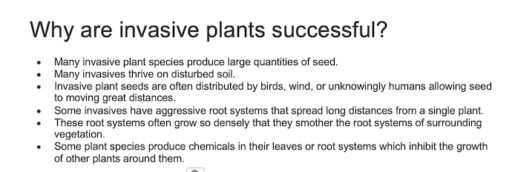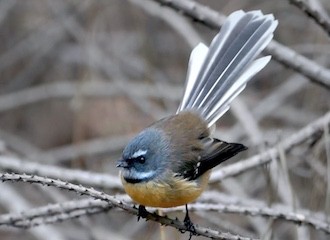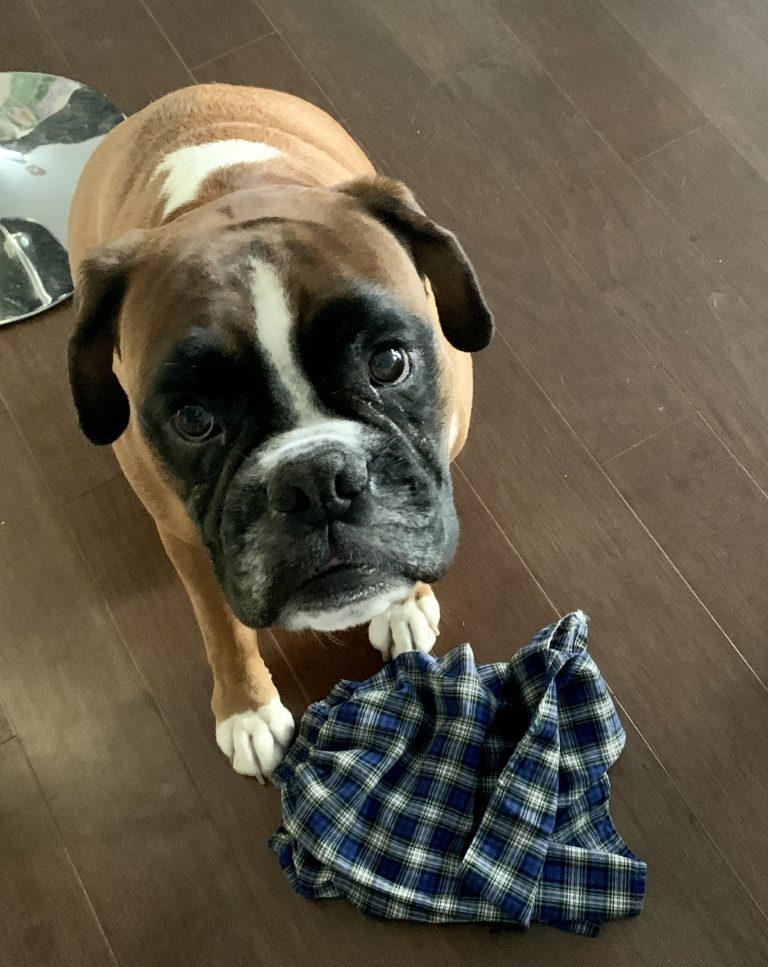Attack of the alien invaders? Aliens are among us. Invasive alien species are a threat to human health and to every ecosystem on our planet. Sound like hyperbole? It’s not.
ATTACK OF THE ALIEN INVADERS
I am still tempted to write about unidentified aerial intrusions aka Chinese spy balloons, the physics of how they stay aloft & their potential capabilities, but the news is too fresh for me to engage.
What is not fresh is the pervasive existence of invasive alien species. Not spy balloons, but invasive plants & animals not native to an ecosystem. And we don’t need to look up to find these alien invaders. Aliens are among us.
What is not fresh is the pervasive existence of invasive alien species. Not spy balloons, but invasive plants & animals not native to an ecosystem. And we don’t need to look up to find these alien invaders. Aliens are among us.
ALIENS ARE AMONG US
The National Invasive Species Information Center, working under the US Department of Agriculture
non-native (or alien) to the ecosystem under consideration and, whose introduction causes or is likely to cause economic or environmental harm or harm to human health.
Definition of IS hereBefore researching this article, I didn’t even know there was a National Invasive Species Info Center!
United Nation’s (UN) Intergovernmental Platform for Biodiversity and Ecosystem Services (IPBES) projected that about one fifth of the Earth’s surface, including the global biodiversity hotspots, are at risk due to attack of the alien invaders.
Maybe those boys aren’t afraid of attacks by alien invaders, but I am, for our ecosystems.
These species can threaten the health of plants and animals, including humans. And they cause extensive economic harm.
Let’s have a look at 10 of the most harmful invasive species.
10 MOST HARMFUL INVASIVE SPECIES
1. YELLOW CRAZY ANTS (Anoplolepis gracilipes)
Invasive alien species have had a profound impact on ecosystems all over the world. Their presence can lead to fundamental changes in the biodiversity of a given ecosystem as well as the extinction of native species, like the threatened Christmas Island Crabs. (Gecarcoidea natalis)
INVASIVE ALIEN SPECIES & ISLANDS
2. CANE TOAD (Rhinella marina )
WHAT CAN WE DO ABOUT INVASIVE SPECIES SUCH AS THE CANE TOAD?
The toads have been run over with cars, bikes and lawn mowers, whacked with cricket bats and golf clubs, and frozen to death in fridges and freezers.
If you see one of these alien invaders, here is a guide to euthanize a cane toad.
Obviously this is a personal decision. I am only providing information.
In Australia, cane toads are a common sight in yards, golf courses, and school campuses.
Dogs and cats that attack or try to eat this highly toxic toad can be poisoned.
10 MOST HARMFUL INVASIVE SPECIES con't
3. CATS (Felis catus)
In 1894, a pregnant cat named Tibbles traveled with her owner to an untouched island south of New Zealand.
Tibbles single-handedly caused the extinction of this wren.
Tibbles and the wrenATTACK OF THE ALIEN INVADERS- CATS & MARION ISLAND
Looney Tunes may have profited with Tweedy Bird besting the cat, but in life, this is not the case.
Birds lose.
Check out a feel good post about how the robins in our backyard ruled!
INVASIVE ALIEN SPECIES con't
Invasive alien invaders that are mammalian predators are arguably the most damaging group of alien animal species threatening global biodiversity. Thirty species of invasive predator are implicated in the extinction or endangerment of 738 vertebrate species—collectively contributing to 58% of all bird, mammal, and reptile extinctions.
WHAT CAN WE DO ABOUT INVASIVE SPECIES?
4. RATS (Rattus rattus)
An unsettling photo below displaying a non-native rat, or an attack of alien invaders. In this example, the victim is a helpless New Zealand fantail chick.
I couldn’t be a wildlife photographer if I had to document the demise of a baby chick, even if it raises public awareness about alien invasive species. (Hm…I am posting the pics on this post, however!)
5. AMERICAN MINK (Neogale vison)
The American Mink may seem like a random inclusion in my 10 most harmful invasive species post. I agree, but it tickled me that the decision by humans to farm minks for their coats ended up backfiring in such a spectacular fashion!
ATTACK OF THE ALIEN INVADERS HAPPENS UNDER THE SEA, TOO!
6. LIONFISH (Pterois volitans & Pterois miles)
WHAT CAN WE DO ABOUT INVASIVE SPECIES (in this case lionfish)
When my family went diving in Grand Cayman, the instructors had pole spears with them. The dive instructors received ~ $6 for each lionfish they collected.
If you’re interested in helping with the removal of invasive alien species, the organization ENNDS, has training and outreach programs, along with links to learn more about invasive species in your area.
Lionfish are higher in heart healthy Omega 3 fatty acids, lower in saturated fats & mercury than many fish served in restaurants such as snapper, grouper, and tuna.
Here’s a list of a few restaurants that serve fresh lionfish!

I haven’t eaten lionfish but I’m willing! What I’m unwilling to eat is another water-based alien invasive species, this one in fresh water.
7. ZEBRA MUSSELS (Dreissena polymorpha)
I live near Lake Michigan and stepping on one of these mussels is no fun.
For more on the Science of Touch, click on the link below
Science of TouchWHAT CAN WE DO ABOUT INVASIVE SPECIES? (in this case zebra mussels)
This post may be getting a little too grim, so here is a success story about how research & a concerted effort by farmers and the authorities did stop an attack of the alien invaders. One invasive alien species erradicated!

8. PINK BOLLWORM (Pectinophora gossypiella)
THE ATTACK OF THE ALIEN INVADERS con't!
Aliens are among us! These alien invasive species don’t have any legs but they are attacking just the same.
9. WATER HYACINTH (Eichhornia crassipes )

LAST BUT NOT LEAST OF OUR 10 MOST HARMFUL INVASIVE SPECIES
10. COGONGRASS (Imperata cylindrica)
What can we do about invasive species ?
Plant natives!
ALIENS ARE AMONG US! Watch a 2 minute youtube video produced by the Nature Conservatory w/ ideas to fight invasive alien species.
All my joking aside, the materials contained on these websites are provided for general information and educational purposes only and do not constitute professional advice on how to deal with alien invasive species.
If you have any questions, please contact your local wildlife authority.
Which invasive alien species do you battle in your part of the world?
Have you eaten lionfish?


























Test….
Hi Sue,
My area of Wisconsin deals with invasive garlic mustard. It was fascinating to learn about the invasive acquatic plants, toad, and ant–all of which were new to me. I’d forgotten about the mink. One attacked one of my pet ducks, so I’m not a fan of them.
Thanks for the great post again. I always enjoy your graphics and content.
Amy
Garlic mustard is no joke! We have a lot of buckthorn to deal with in our area of WI. Such a shame about your duck and the mink. I thought a fox went after your feathered babies, too? Either way, keep them safe! Thanks, Amy.
I always learn so much from reading your posts! Alien species seem to be everywhere. Great post!
Thanks Jodi!
I would love to try lionfish. No more picking wildflowers for me. I don’t want to spread the seeds.Thanks for the helpful links for things we can do to combat invasive species!
It is nice to pick flowers but I’ve also learned that it could be spreading seeds of invasives! Thanks so much for weighing in! Let me know when you try that lionfish.
Alligators & Pythons in areas they aren’t meant to occupy pose issues too. Hope you’re feeling better.
Without question they pose issues! But they aren’t official alien species non native to their environments. Still disconcerting and scary! I’m improving, thanks for asking! And for stopping by!
Sue, another great post. I really recommend Cane Toads: An Unnatural History about our role in spreading invasive species. It is excellent. Thank you again.
I’ll need to check that out. Thanks for the recommendation! Sharing the link here too! https://naturedocumentaries.org/7168/cane-toads-unnatural-history-mark-lewis-1988/
That cane toad is enormous! I would hate to have a poisonous anything in a public park. Great post, thank you!
I wouldn’t like that either! Thanks so much!
The Chinese spy balloon caused trouble and people were freaking out lol
True! We’ll have to keep an eye on developments! Thanks.
Such an interesting post, as always. it’s so fascinating reading about eco systems and how one tiny element can totally disrupt it all!
Nature’s checks and balances never cease to amaze me! Thanks so much for stopping by!
Thank you such an informative post. I hadn’t heard of some of these creatures before!
The mink attacks surprised me! I’m happy that I introduced new animals to you. Thanks!
I really think cats should be required to wear bells on their collars by law to protect local wildlife. A species that didn’t make your list was catfish. I saw a documentary a few years back about how a river (I think it was in France) that has been taken over by nonnative catfish. The catfish have also learnt to hunt birds
I concur about the cats and bells. Wow, I wonder how the catfish arrived in that river in the first place! Poor birds. I’ll need to check this out. Thanks for mentioning it.
This is such an interesting post! As usual, I learned a lot from it. Thanks so much for sharing!
I’m happy that you found my post interesting! Thanks so much!
Very interesting as usual. Really liked the part about the plants since we have many of them in Wisconsin. Not real happy about the cat portion though the truth hurts at times. Can’t wait for the next posting.
Wisconsin has its share of invasives, without question! I agree about some truths! Thanks, Mike!
It’s interesting to learn about these creatures. Thank you for sharing.
Thank you for stopping by!
I’ve never considered cats to be an invasive species, but I can see how that poor little wren colony would disagree! I guess our invasive species (not that I have any in our garden, thankfully) is Japanese knotweed, which is capable of destroying building foundations, apparently, eek!
We’ve got knotweed in our area too. It is horrifying to see it choking my other plants and I spend a lot of patrolling and dispatching it. Fortunately, I’ve got it under control. Good thing you don’t need to deal with it! Thanks Lisa.
This is an important topic that definitely needs more attention. I’ve known about the zebra mussels and the efforts to slow their progression to other bodies of water in the Midwest by checking boats & other measures. But it takes education & effort by boat owners & water enthusiasts to stay on top of this. In California, we are overrun by the invasive broom plant. The yellow flowers may look pretty, but the plant chokes out all the other native species.
I agree! This topic isn’t making headlines and it should. Zebra mussels remain an issue. Invasive broom plant? (Cytisus scoparius) Like the water hyacinth, I found several websites with advice about how to grow this plant, calling it ornamental. Thanks for mentioning broom plants!
This was really interesting post. I haven’t eaten Lionfish before x
I’m glad that you liked my post! If you ever do eat lionfish, check back with me! Thanks, Lauren.